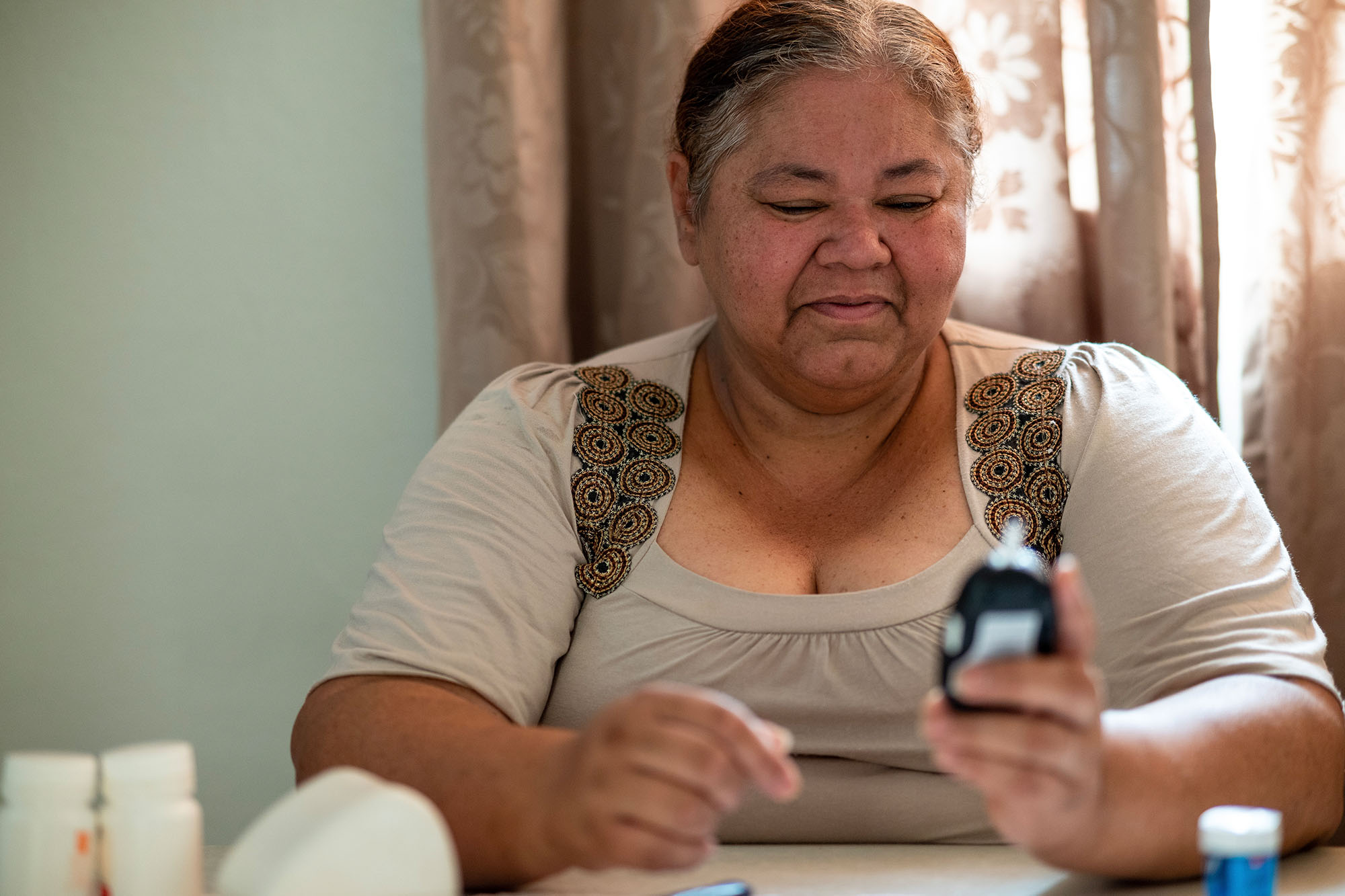Key Takeaways
- Local Health Plans Serve Nearly 10 Million Californians. Local health plans deliver Medi-Cal coverage to roughly 9.7 million people across 51 counties, representing up to 53% of residents in the regions they serve.
- Plans Invest Nearly $800 Million in Workforce and Community Health. From 2019 to 2023, local health plans invested nearly $800 million in community health initiatives, with roughly 40% focused on growing and diversifying the health workforce through scholarships, recruitment, and training programs.
- Federal Cuts Threaten Future Community Investments. Federal funding reductions could reduce plan revenue and shift focus from upstream investments like workforce development to meeting immediate needs of newly uninsured Californians.
For more than 50 years, local health plans have been a cornerstone of California’s health care safety net, delivering Medi-Cal coverage to millions of Californians with low incomes. Today, 17 local health plans serve nearly 9.7 million people, roughly one in four Californians. These nonprofit and public organizations are established and governed by county leaders who understand their communities’ unique health care needs and challenges.
What sets local health plans apart is their mission to reinvest hundreds of millions of dollars back into their communities. These investments aim to strengthen the health workforce, improve access to care, reduce health disparities, and address the social factors that influence health outcomes. From training the next generation of nurses and physicians to supporting community health workers and expanding mental health services, local health plans are building a more equitable health care system from the ground up.
Part of CHCF’s Health Workforce Series
This explainer is the fourth in a series exploring state, federal, and philanthropic efforts to expand and diversify the health workforce in California. It examines how local health plans evolved, the critical role they play in Medi-Cal, and their significant investments in community health, particularly workforce development. It also explores how recent state policy changes and federal funding cuts may impact these vital community investments in the years ahead.
Authors & Contributors
Kristin Schumacher, PhD, MSW
Aster Policy Analytics





